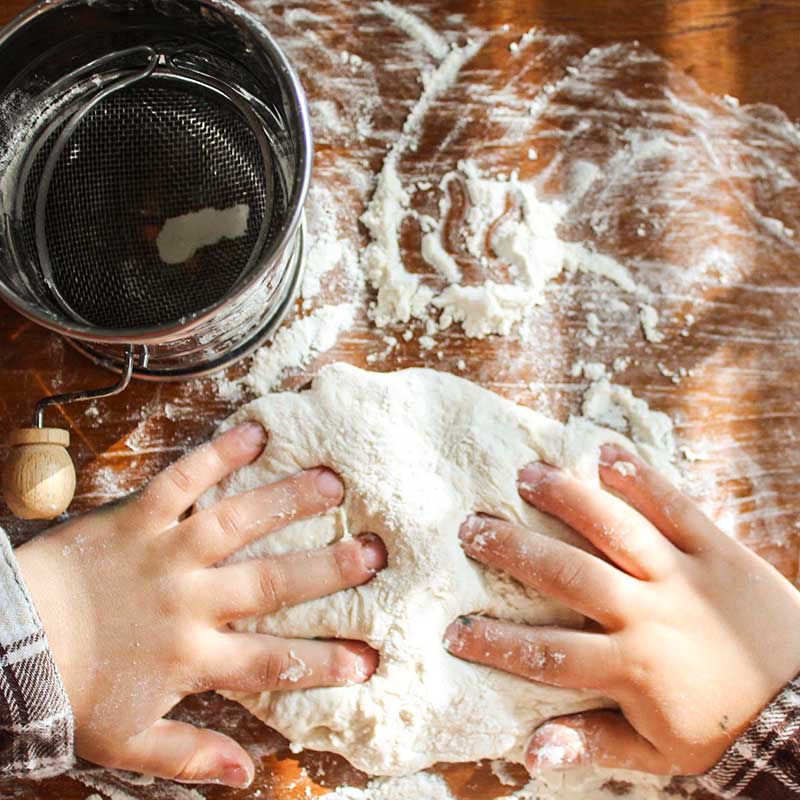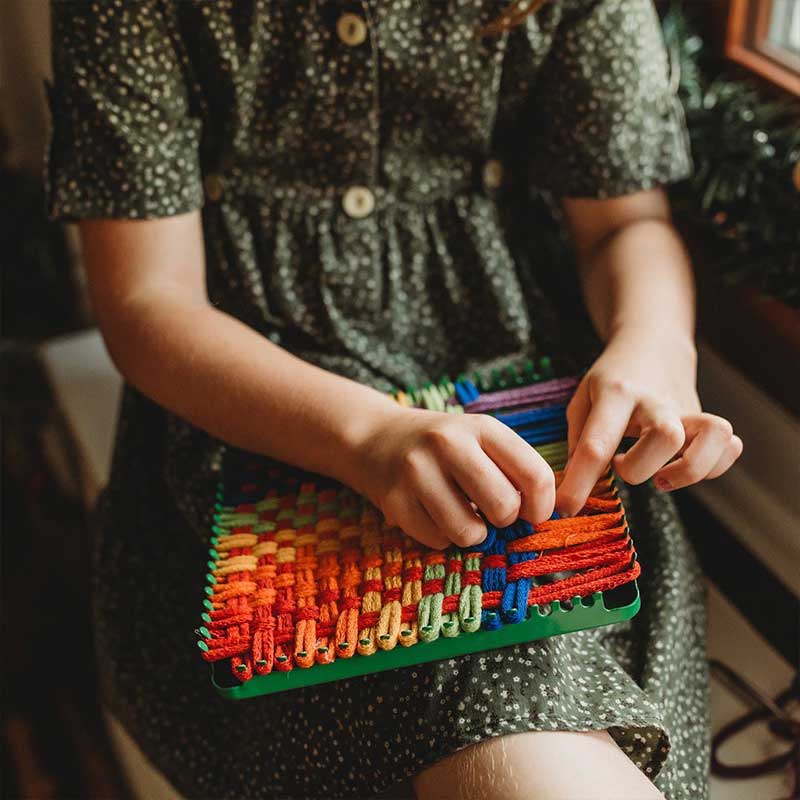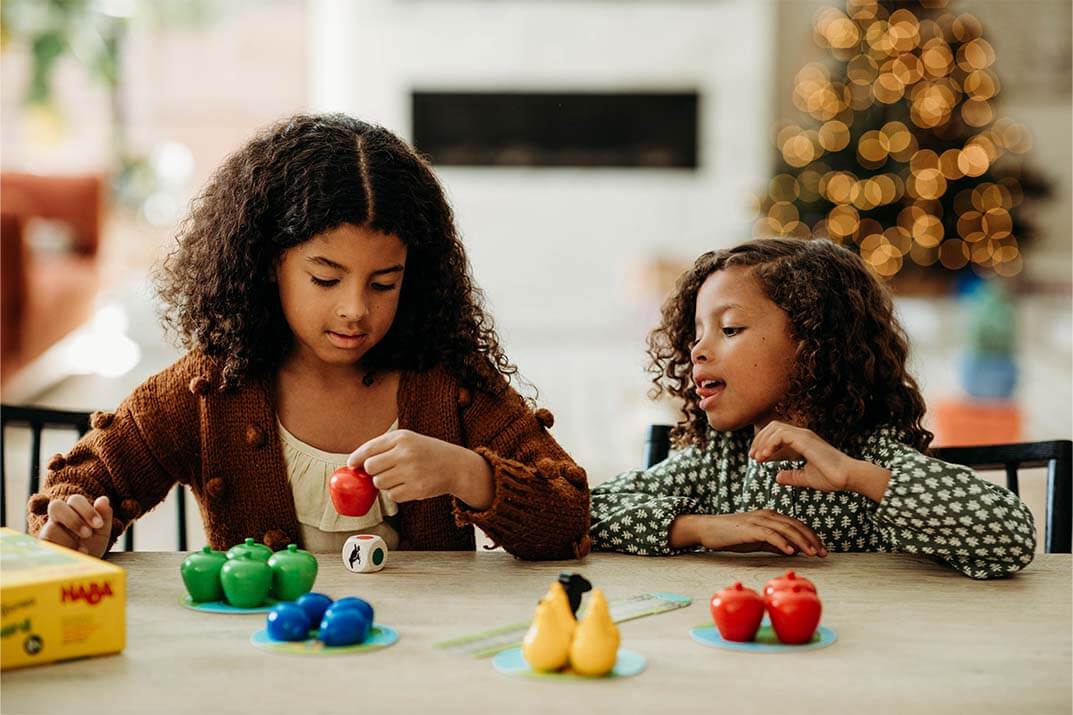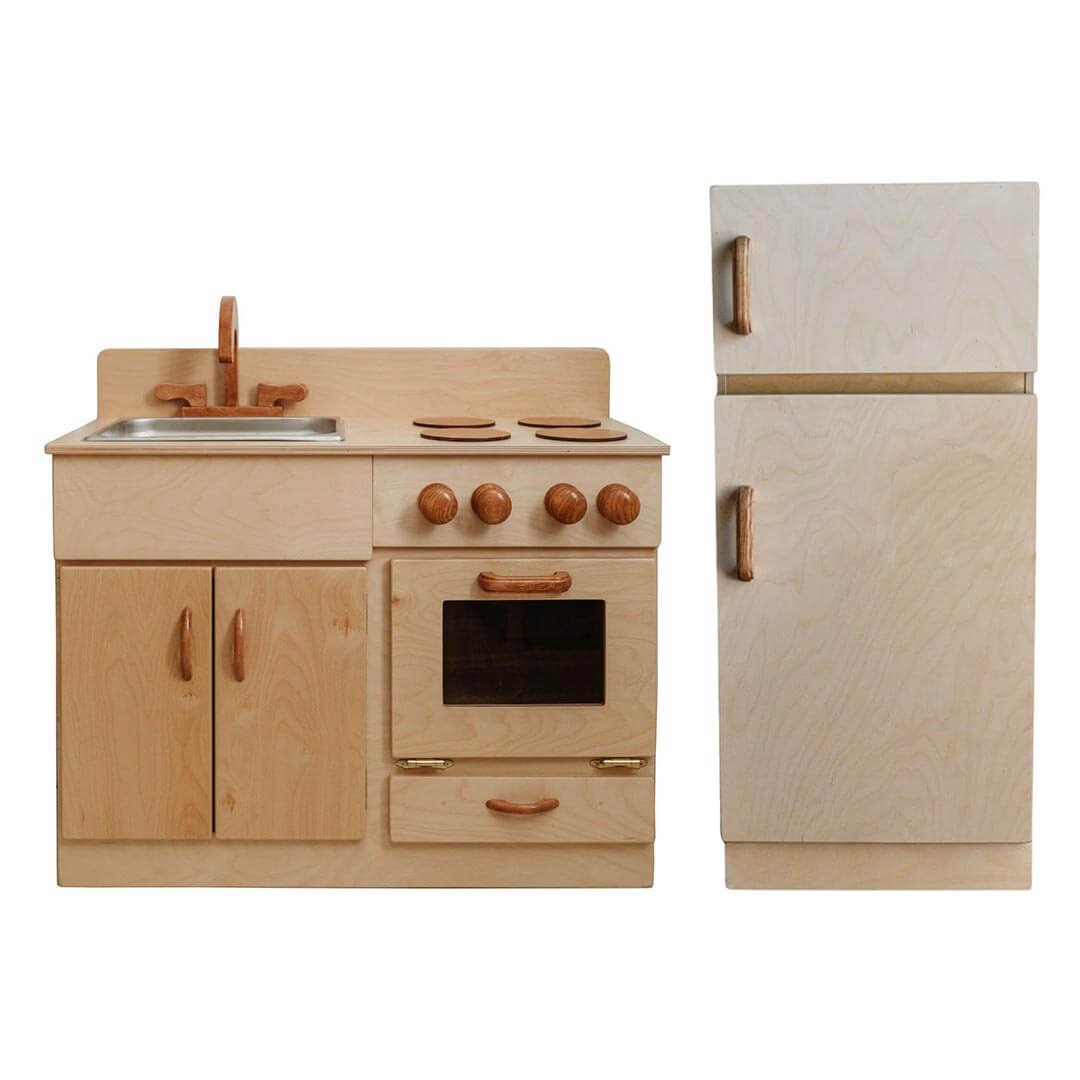As we cozy up this winter and gather closely together to share stories, play games, and spend time nourishing ourselves, the spirit of connection is everywhere. In the world of Waldorf, everything comes down to this exact spirit of connection, in every season and in every part of a child’s life. As Rudolf Steiner describes, "Life as a whole is a unity, and we must not only consider the child, but the whole of life; we must look at the whole human being."
In Waldorf education, this is seen through a connection with nature, the senses, the heart, meaningful toys, our families, and the communities we live in. Developing a secure connection between a child and their environment is one of the essentials of Waldorf education. This integration results in children who are hungry for experiences that engage and expand their spirits. Whether your child attends a Waldorf school, homeschools, or attends public school, reinforcing this principle of connection can be made manifest in several easy ways, every day.

Nature as Teacher: Connecting to the Natural World
“When one tugs at a single thing in nature, he finds it attached to the rest of the world.” – John Muir
First, go outside! Waldorf philosophy believes that humans are deeply intertwined with the natural world and that children are especially attuned to its beauty and rhythms. Interacting with natural materials provides engagement, comfort, and promotes sensorial exploration while also inspiring creative and open-ended play. The patterns and seasons of nature follow a dependable rhythm allowing children to connect to something beyond them. Noticing patterns, animals, and textures gives children opportunities to interact and connect with their environment in meaningful ways.
The beauty of connecting with nature is that it's so simple. Go outside, look at clouds, gather treasures, count the birds you see, move your body, run around, play in the dirt, the list goes on and on. Where Waldorf takes this further is in how natural materials are incorporated into indoor play and added into the environments through natural toys, nature tables, and natural design elements. Using handmade toys created from wood allows children to connect to the tree and understand the connection of where the toy came from. Playing with a stuffed animal made from wool, not only feels good and warm in a young child’s hands, but can be connected to a sheep.

Helping Hands: Life Skills as a Doorway to Connection
May wisdom shine through me
May love glow in me
May strength penetrate me
That in me may arise
A helper for humanity
A servant of sacred things
Selfless and true.
As is stated in this classic Waldorf verse, helping is a sacred and fundamental component of Waldorf philosophy and is demonstrated through the teaching of life skills. In Waldorf classrooms, students and teachers clean their space together every day to create a sense of community and social responsibility. At home, incorporating the daily tasks and household chores can easily become a rich source for teachable moments that give children confidence, and encourage self-reliance and self-discipline.
Practicing these daily skills, like setting a table, sweeping, folding, churning butter, and baking bread, will allow kids to learn that they are capable and can trust themselves to solve problems and complete tasks well. And through these activities beautiful moments of connection will create a sustaining family rhythm that will continue to build every day for years.

Cultivating Connection Through Creativity and Handwork
“When we teach a child to knit or to make something—of course the things he makes must have purpose and meaning—we are then working upon the spirit of the child, and often more truly so than when we teach him subjects that are generally thought of as spiritual and intellectual.” -Rudolf Steiner
Making things with our hands not only connects us to ancient traditions, but it connects our mind with our hands to create something that fills our hearts with contentment. In Waldorf classrooms, knitting is taught before learning the alphabet as a way to connect both sides of the brain, develop fine motor skills, and improve memory to prepare children for the skills needed once they start to read. In other words, this craft works on building connections. Back to those ancient traditions, connecting to cultures through crafting allows children to see their own work in relation to an ongoing history and feel part of something that's timeless and essential.
Handwork in Waldorf loops back to the other two realms of connection; nature and life skills. Baking bread and knitting are skills that can be woven into daily life connecting children to the natural world and making the transformation from natural to man-made easier to understand. Inviting arts and crafts into your life happens through the simplest activities; crafting homemade cards, baking, sewing a small quilt for a doll, or folding a paper suncatcher.
Raising young humans is a time steeped in moments of connection. Some moments are magical and others more challenging. But by incorporating the three realms of connection; nature, life skills, and crafts, you can easily weave in a vital element of Waldorf education into your home that builds off things you already do in your daily lives. With an intentional environment, some natural materials, and a few simple and engaging activities, moments of connection will help both parent and child grow into beautiful, fully complete human beings.



























This article on fostering connection through the three realms in the Waldorf approach is truly enlightening. It offers deep insights into nurturing meaningful connections with children and the world around us.
Leave a comment